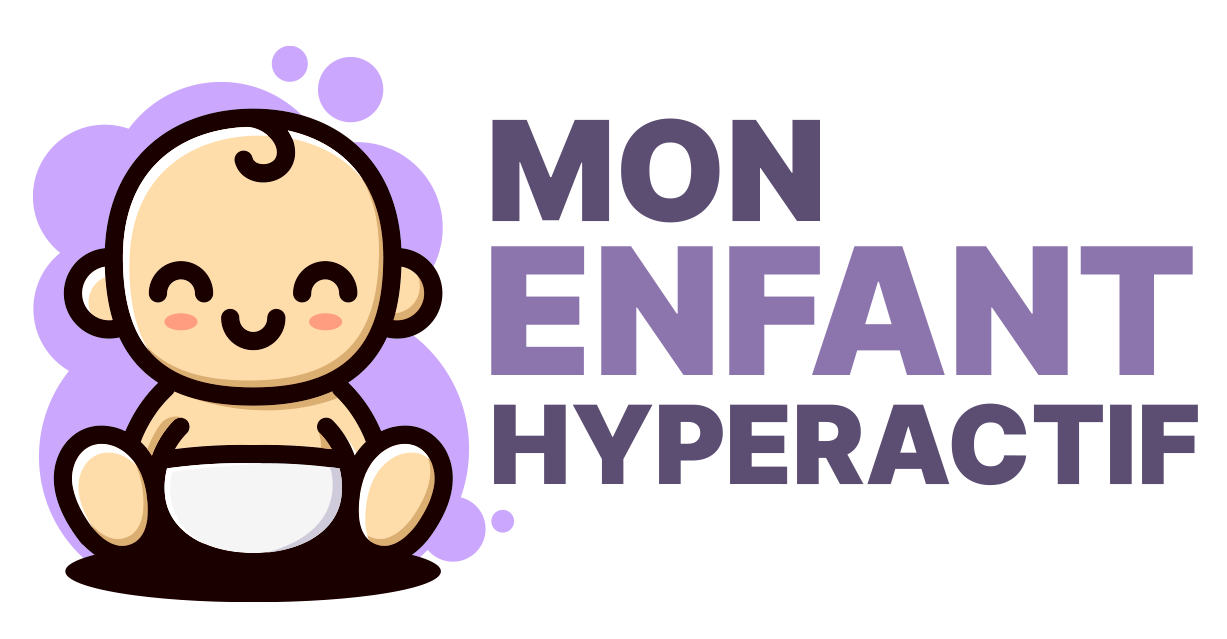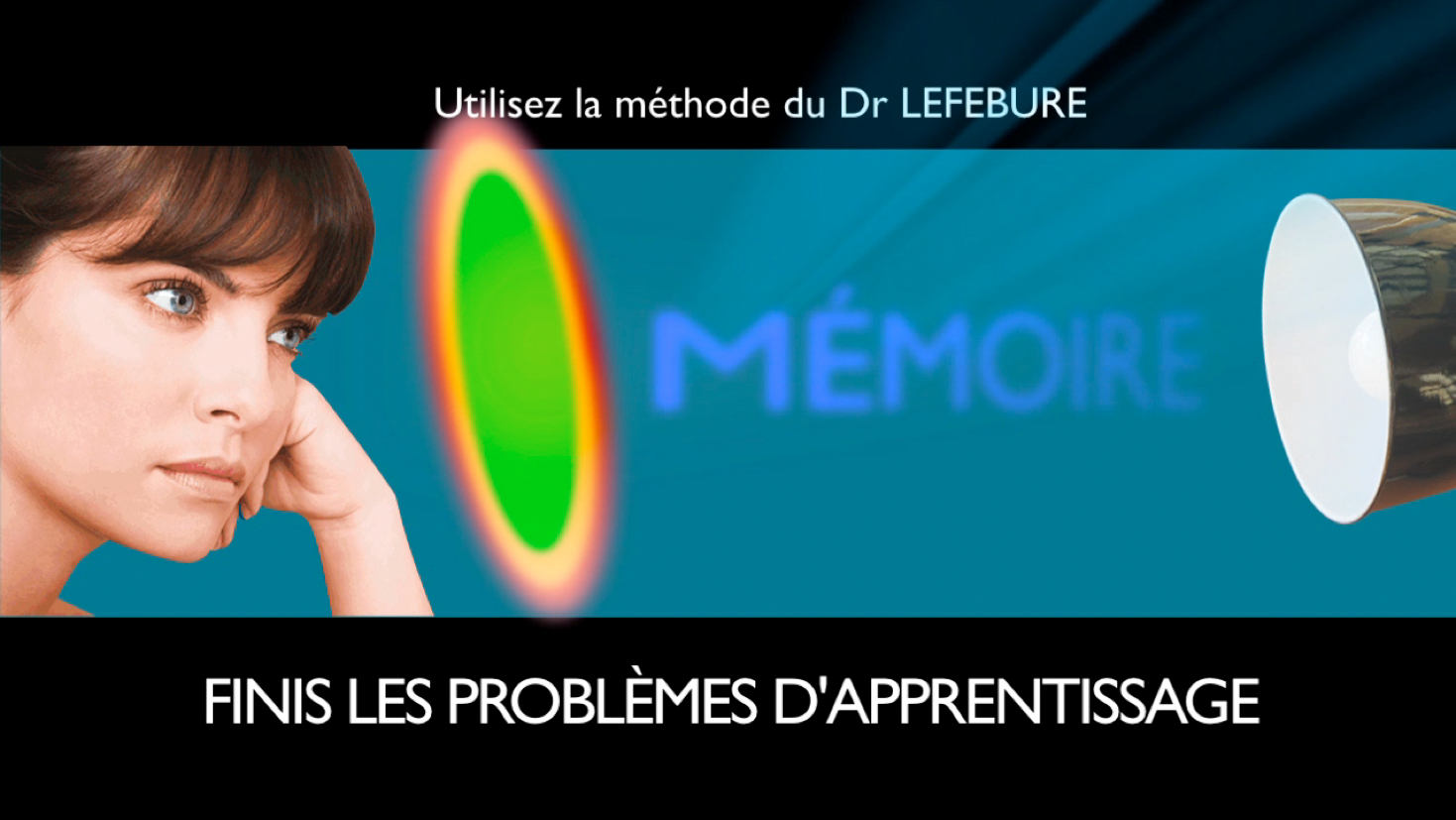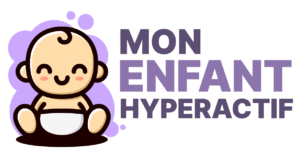What is a phosphene?
A phosphene is a visual phenomenon that can be caused by certain physical stimuli, such as noise, light or touch. Phosphenes can appear as flashing or floating lights, geometric shapes or coloured patterns. They can be seen as visual hallucinations, but they are not necessarily associated with mental illness.
Phosphene: a mystery of human vision
Phosphene is an amazing but still rather mysterious visual phenomenon. It is described as a bright, fleeting, coloured light, usually seen as a dot or spot, which can appear in the dark. Phosphenes can be caused by external stimulation, such as noise or pressure, or by internal stimulation, such as stress or fatigue. The exact causes of phosphene are still unknown, but there seems to be a link with the stimulation of light-sensitive cells in the brain.
What is phosphene mixing?
- Phosphene mixing is a mixing technique that involves using phosphenes to create a new colour.
- Phosphene mixing is used to create fluorescent colours.
- Phosphene mixing is a mixing technique that is used to create colours that do not occur naturally in nature.
Phosphene mixing is a process for the manufacture of functional organic compounds, especially polymers, from organic monomers. This process is characterised by the use of a metal catalyst and a phosphorus reagent. Phosphenic mixing allows the production of functional organic compounds in a single step, which is an advantage over conventional polymer manufacturing processes.
What is Dr Lefebure's method?
Attention deficit disorder with or without hyperactivity (ADHD) is a common neurodevelopmental disorder in children. Children with ADHD often have difficulty concentrating and staying calm. Phosphenic mixing is a neurofeedback technique that has been used to help children with ADHD. Neurofeedback is a virtual reality-based therapy that can help children with ADHD to concentrate better and stay calm.
Can phosphate mixing help children with ADHD?
Studies have shown that phosphene mixing can help ADHD children. This natural method involves mixing two gases, phosphene and oxygen, to create an oxygen-rich atmosphere. This oxygen-rich atmosphere can help ADHD children by increasing their energy levels and helping them to concentrate.
- Phosphenic mixing is a neurofeedback technique that can help ADHD children by providing real-time feedback of their brain activity.
- Phosphenic mixing can help ADHD children by providing real-time feedback on their brain activity, which helps them to concentrate and control their behaviour.
- Phosphenic mixing can help ADHD children by providing real-time feedback of their brain activity, allowing them to better focus and control their behaviour, and also providing them with tools to better manage their stress and anxiety.
Phosphenic mixing is a technique used to help ADHD children. The technique involves mixing a phosphate solution with oxygen to create a phosphene gas. This gas is then inhaled by ADHD children. Studies show that phosphene mixing can help ADHD children by increasing their attention and reducing their impulsiveness.



